The Unfinished Obelisk in Aswan, Egypt
The Unfinished Obelisk is a pink granite obelisk in Aswan, Egypt. It is located in the northern part of a quarry there. It is located near Aswan on the eastern shore of the Nile, about 1 km east of the Nile.
The Unfinished Obelisk is considered one of the archaeological and tourist attractions of the governorate of Aswan, as it was known as the “Unfinished Obelisk” because its construction was not completed. North, where the ancient Egyptians were extracting granite, noted the road signs of tools and pictorial paintings of dolphins and birds engraved on this huge obelisk.
The Unfinished Obelisk is huge, and it is the largest obelisk in Egypt; it was not cut, and its height is about 41 meters. Its base side is about 4.2 meters x 4.2 meters, and it weighs 117 tons; if it had been completed, it would have been The largest and heaviest obelisk in the whole world, which would have weighed about 1168 tons…….
The time of excavation of this obelisk is not precisely known, and archaeologists believe that work began on it during the reign of Queen Hatshepsut to move and erect it in the Karnak temple in Luxor. After the ancient Egyptian workers dug the obelisk from three sides, in preparation for removing it from the floor and completing its preparation, they discovered that a crack in it makes it unsuitable, so the workers stopped completing it.
The lower surface of the obelisk is still 42 meters long, connected to the ground rock from which it is cut, and it appears on the obelisk some traces indicating attempts to save part of it, and perhaps those attempts were during the reign of King “Thutmose III.”
The Unfinished obelisk area is considered among the important tourist programs visited by the tourist to get acquainted closely with the genius of the ancient Egyptians in the art of sculpting stones in an advanced style, which is the method on which many research and studies were based to reach it…..
The importance of the Unfinished Obelisk is due to the clarification of the methods of cutting ancient obelisks, as well as the extent of effort and means used by the ancient Egyptians to carve these obelisks, and notes on the obelisk the signs of tools, and the figurative paintings of dolphins and birds engraved on this huge obelisk…
The area of the ancient Aswan quarries, the Unfinished obelisk, extends to about 6 km, parallel to the Nile River. The pink granite from this area was one of the important stones in building the pyramids in ancient Egypt. From these quarries, stones were cut to manufacture solid coffins, false doors, interior coverings for rooms, and pillars of temples. The burial chamber of Pharaoh “Khufu” in the Great Pyramid was made of this granite, as granite is not found in northern Egypt. The workers had to transport the granite stones, some of which weighed 12 tons, and they had to transport them to Giza in the north by the Nile.
Covering with pink granite received great attention during the pharaohs “Khafre” and “Menkaure” of the Fourth Dynasty. The amount of granite that Khafre used in building the temples of the Mortuary Temple, the Valley Temple and the Temple of the Sphinx was about 17,000 cubic meters, and King Menkaure covered the lower part. To pyramid it in Giza with pink granite stones coming from Aswan, and that needed about 15,000 cubic meters of granite.
The amount of pink granite stones that were excavated in Aswan is about 100,000 cubic meters. Among them, about 45,000 cubic meters were used in construction work.
One of the things that puzzled scientists so far is how the ancient Egyptians transported these heavy stones on the Nile, as some of them weighed 12 tons or more. Their amazement is intensified by how an obelisk weighing 280 tons was transported on the Nile and transported from Aswan to Luxor Temple. Or how the ancient Egyptian wanted to transfer the incomplete obelisk from Aswan to Luxor via the Nile to be built in the Karnak temple – it would have weighed 1168 tons if completed?
The Aswan quarry in the era of the pharaohs has become today an open museum that visitors can view. At the same time, it is a place where scientific research is conducted, and the Egyptian government maintains it. In 1979, UNESCO declared the quarry a world heritage site, and it was included on the African list of World Heritage.
In the past years, the area was developed. The front side expanded, and a “parkin” made room for tourist buses carrying hundreds of tourists and visitors of different nationalities to give them complete freedom of movement and entry to the obelisk. Civilized gates were made to complete the entry and exit procedures to visit the Unfinished obelisk.

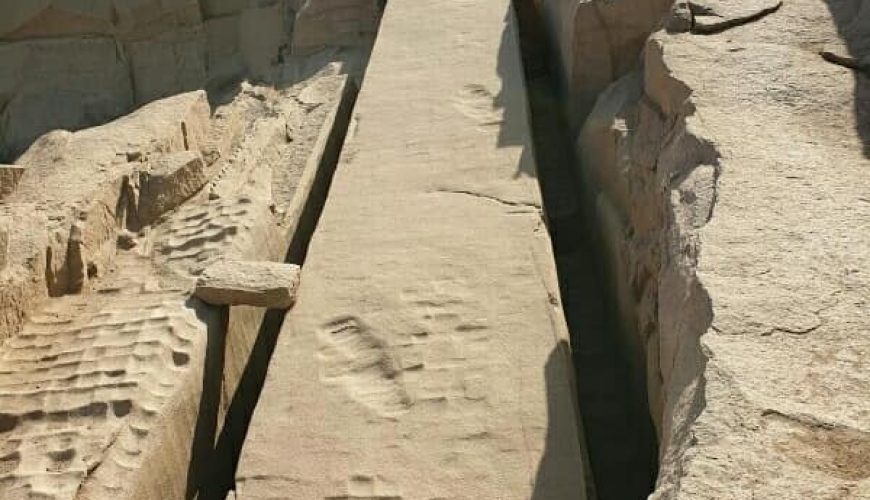
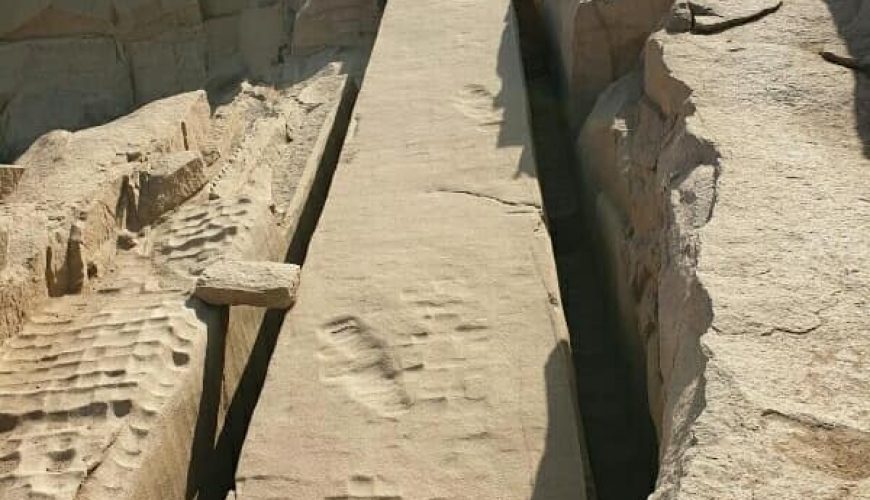


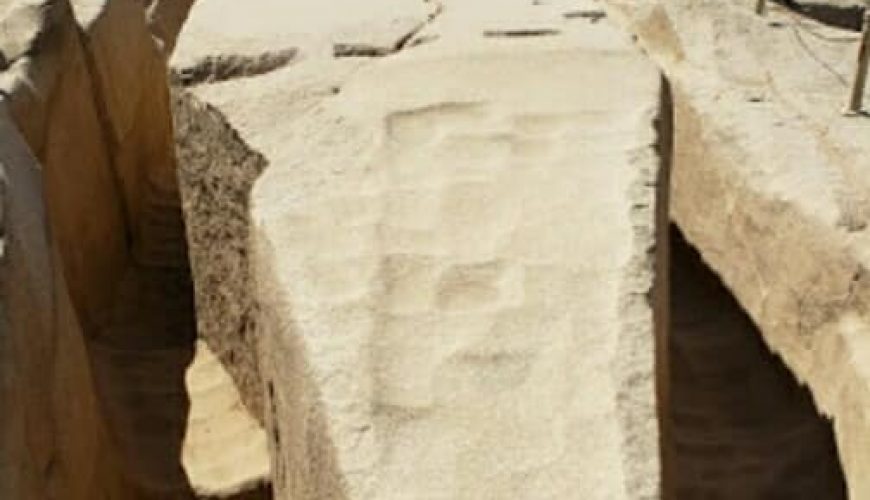

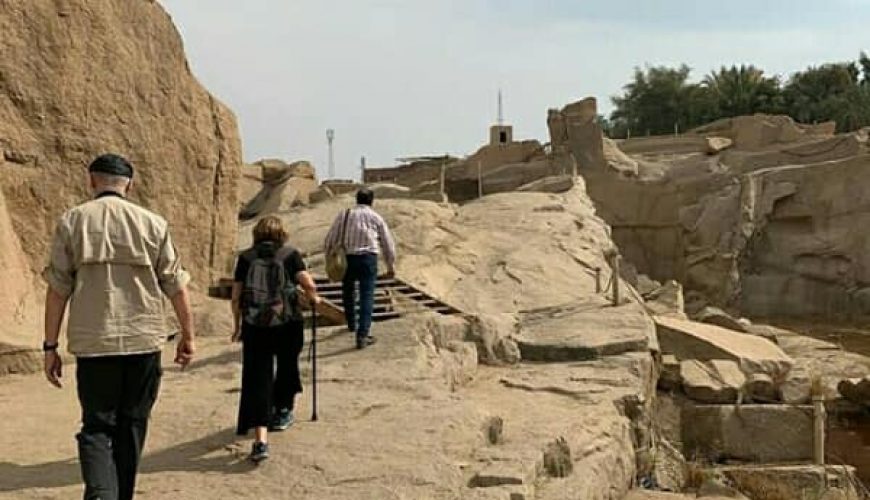
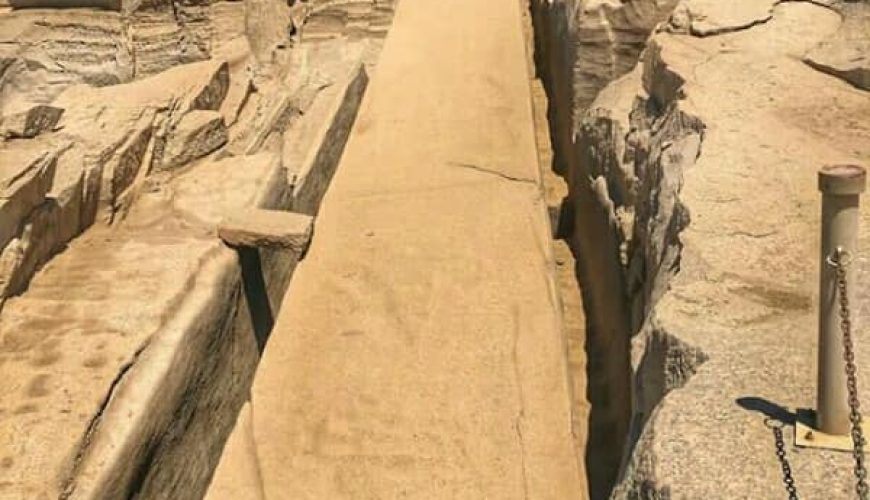
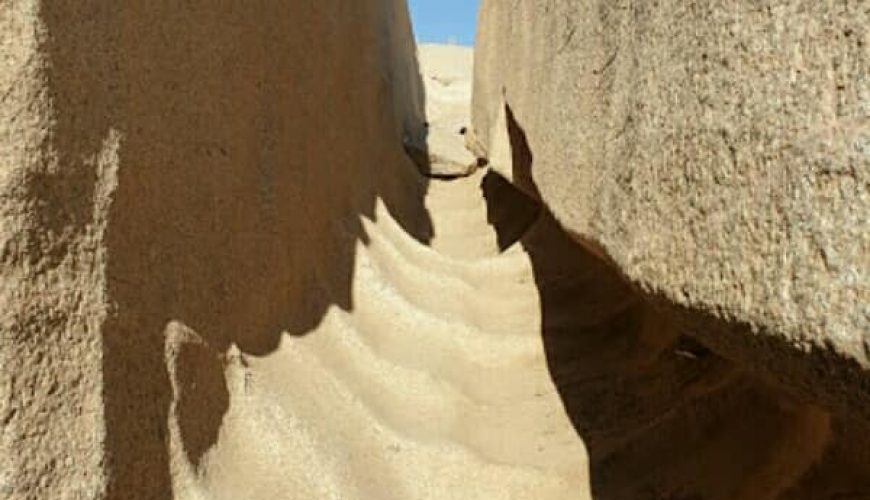
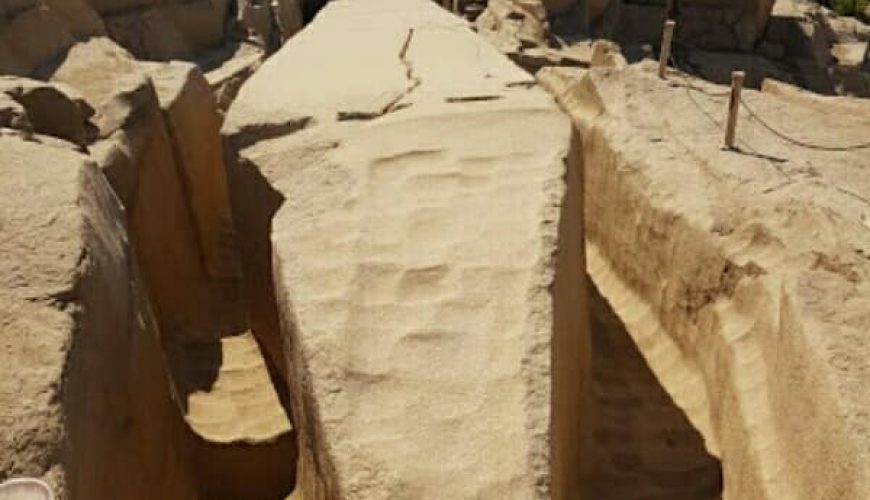
Comment (0)